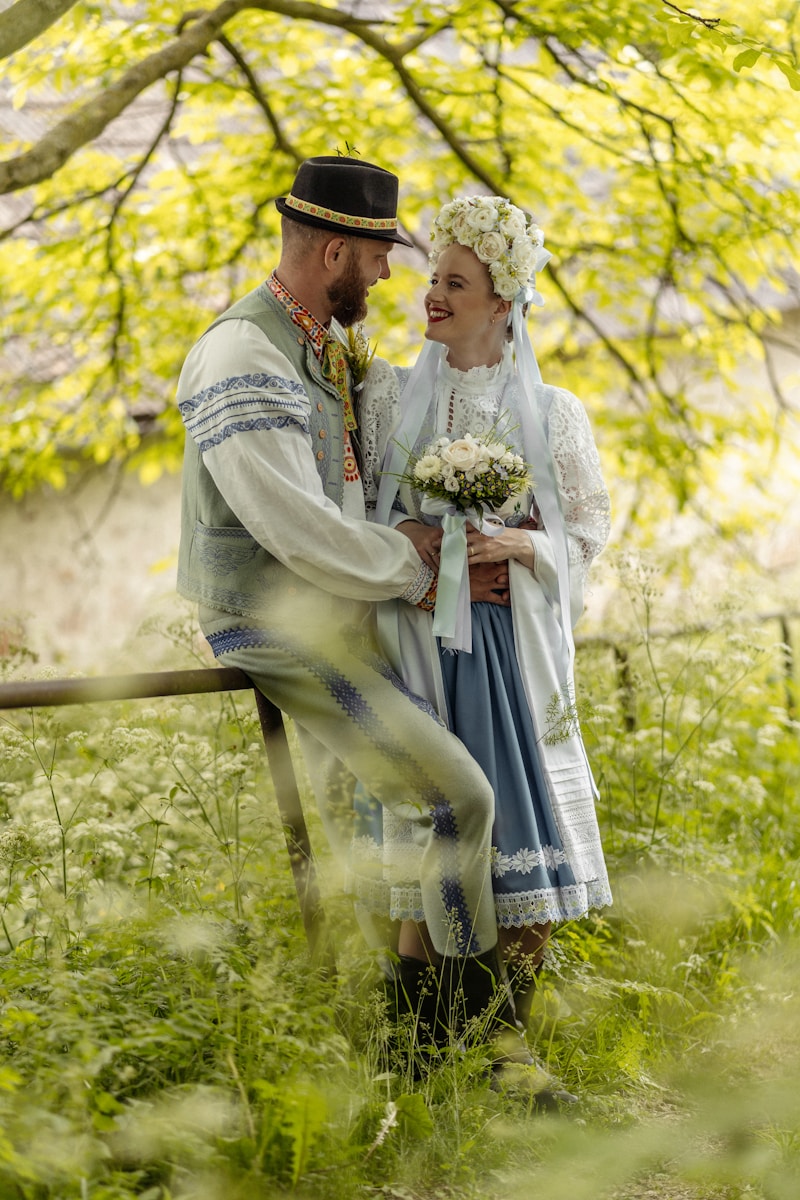Exploring the Connection Between Cultural Influences and Custom Wedding Dress Design
Exploring the Connection Between Cultural Influences and Custom Wedding Dress Design
Understanding Cultural Influences in Wedding Dress Design
The design of a wedding dress is often seen as a deeply personal expression of style and sentiment, but it is also significantly shaped by cultural influences. Different cultures have unique customs, traditions, and aesthetics that influence the way bridal attire is conceptualized and executed. This article delves into how these cultural elements play a vital role in the creation of custom wedding dress designs, helping brides worldwide reflect their heritage and personal style on their special day.
The Role of Culture in Custom Wedding Dresses
Culture serves as a backbone for many customs, including wedding ceremonies. In understanding custom wedding dress design, it is essential to explore how various cultural influences manifest in bridal attire. Here are several key factors illustrating this relationship:
| Factor | Description |
| Color Choices | In Western cultures, white symbolizes purity, while in many Asian cultures, red is favored for prosperity and happiness. |
| Fabric Selection | Different regions prefer specific fabrics; for instance, silk is prevalent in Chinese weddings, while lace is often associated with Western designs. |
| Design Elements | Cultural motifs, embroidery styles, and silhouette variations reflect the uniqueness of each culture, such as the intricate embellishments seen in Indian lehengas. |
| Wedding Traditions | Certain traditions dictate the style and structure of wedding dresses, such as the use of traditional garments like the Kimono in Japanese weddings. |
Cultural Variations in Wedding Dress Styles
When creating custom wedding dresses, designers often draw inspiration from traditional attire, ensuring that elements resonating with cultural significance are integrated. Below are some distinct wedding dress styles influenced by culture:
1. Western Wedding Dresses
In Western cultures, the traditional white wedding gown has dominated the bridal scene since the 19th century, strongly influenced by Queen Victoria's choice of a white dress for her marriage to Prince Albert in 1840. Key features often include:
A-Line Silhouettes: Flattering for various body types.
Lace Accents: Adding a touch of romance and elegance.

2. Indian Bridal Attire
Indian weddings are known for their grandeur and vibrancy, reflecting cultural heritage through elaborate bridal attire. A common choice is the lehenga or saree, characterized by:
Rich Embroideries: Utilizing gold threads and intricate designs.
Bold Colors: Such as red and gold signifying auspiciousness.
3. Chinese Wedding Qun Kwa
The Qun Kwa is a traditional Chinese wedding dress known for its stunning embroidery and vibrant red color. Significant features include:
Dragon and Phoenix Motifs: Symbolizing harmony and union.
Silk Fabric: Often used for its luxurious appearance and feel.
Incorporating Cultural Elements in Custom Design
To create a truly unique wedding dress, custom designers must understand the bride’s cultural background and preferences. Here are several suggestions for incorporating cultural elements into wedding dress designs:
- Consult with Cultural Experts: Collaborating with experts who understand specific cultural practices can help in effectively blending these influences into design.
- Emphasize Personal Stories: Engaging with the bride to learn about her cultural background can lead to personalized design elements that hold significance to her family traditions.
- Utilize Traditional Techniques: Employing traditional crafting methods, such as embroidery or draping, can authentically reflect a culture’s heritage.
Contemporary Trends in Custom Wedding Dresses
As societies evolve and intermingling of cultures becomes more prominent, we observe new trends in wedding dress designs that beautifully marry different cultural elements. Some notable trends include:
- Fusion Styles: Combining Western silhouettes with Eastern fabrics or embellishments.
- Minimalistic Approaches: Adopting a more understated look while retaining cultural motifs, appealing to modern brides.
- Sustainable Choices: Using eco-friendly materials and ethical practices in dress-making highlighting contemporary values alongside cultural respect.
Celebrating Diversity in Custom Wedding Dress Design
Brides today are not only looking to reflect their personal aesthetic but also embrace their cultural identity. A custom wedding dress that honors tradition while incorporating contemporary elements can create an unforgettable experience. As a designer, embracing diversity in style and understanding the significance of varying cultural backgrounds is crucial.
Important Considerations for Custom Wedding Dress Design
When embarking on the journey of creating a custom wedding dress, there are several key considerations that brides and designers should keep in mind:
- Researching Cultural Significance: Understanding cultural practices can help avoid misrepresentation and ensure respectful design.
- Budget Planning: Custom dresses can vary in price based on materials and complexity; planning a budget helps in making informed decisions.
- Timeframe for Design and Delivery: Custom dresses typically require ample time for design, fabrication, and alterations; planning ahead is essential.
Conclusion
Relating cultural influences to custom wedding dress design offers a rich tapestry of inspiration and meaning. Whether it’s the choice of fabric, color, or design elements, each component contributes to a narrative that connects the bride to her roots while celebrating her individuality. As cultural exchange continues to flourish, the world of wedding dress design becomes an even more colorful and innovative landscape, inviting brides everywhere to craft their perfect gown that is truly reflective of their heritage and personal style.
In summary, embracing cultural influences in wedding dress design enriches not only the aesthetic appeal but also creates a deeper emotional connection to one’s roots. As important as it is to infuse personal touches, understanding and respecting cultural significance will ensure that these designs stand the test of time in beauty and meaning.
